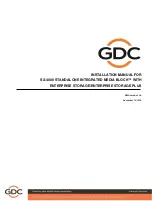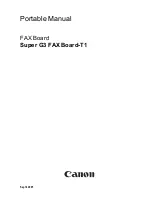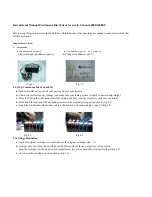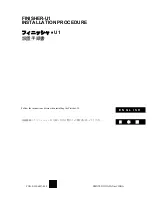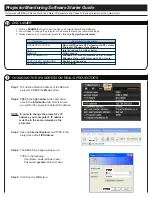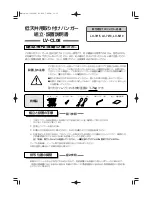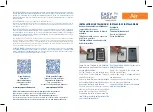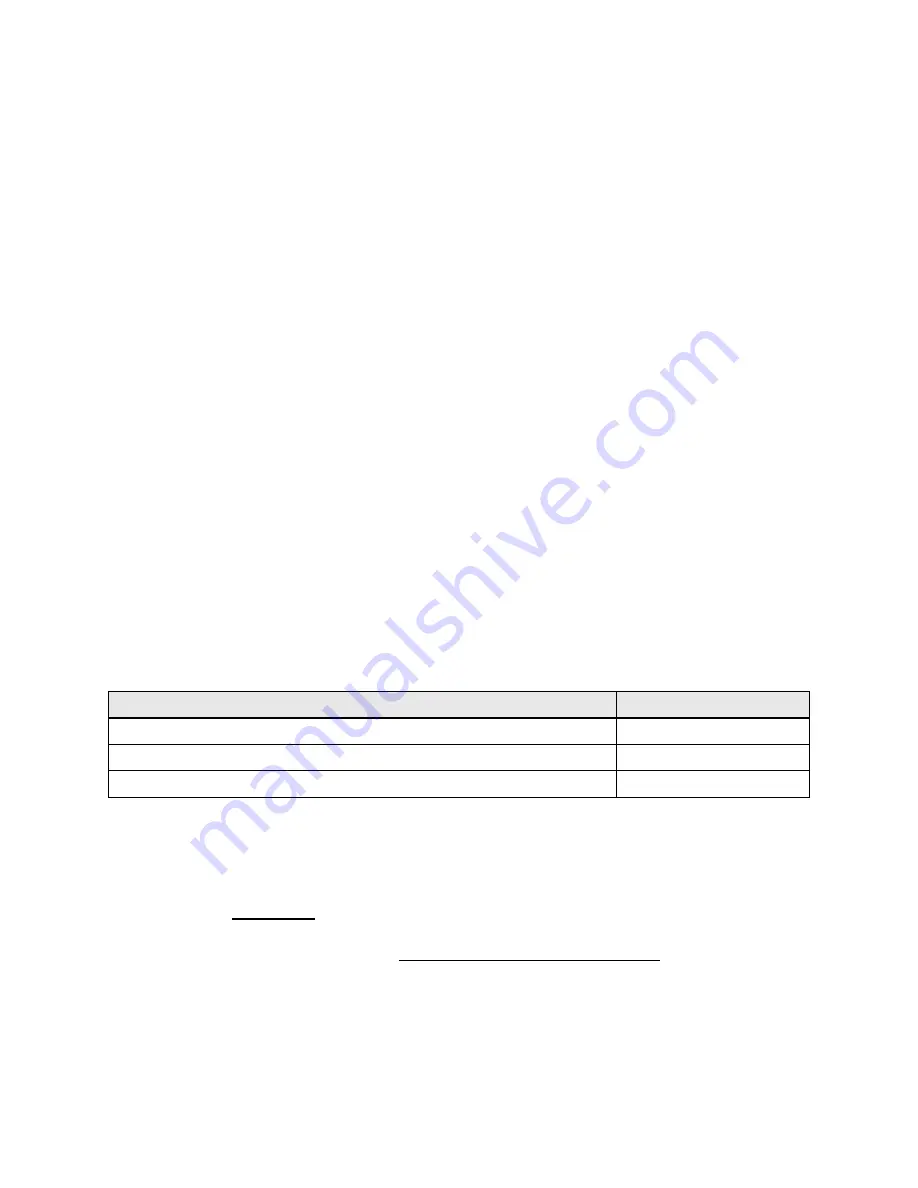
AR100 Operation Manual
© 2018 Schmitt Industries
Revision 1.1
14
Configuration parameters
Rate of data transfer through serial port
This parameter defines the rate of data transmission via the bit-serial interface in
increments of 2,400 bit/s.
For example
, the parameter value equal to 4 gives the
transmission rate of 2400*4 = 9600 bit/s.
Note
. The maximum transmission rate for RS232 and RS485 interfaces is 921.6
Kbit/s.
Net address
This parameter defines the network address of the sensor equipped with RS485
interface.
Note
. The network data communication protocol assumes the presence of a
‘master’ in the net, which can be a computer or other information-gathering
device, and from 1 to 127 ‘slaves’ (AR100 Series sensors) which support the
protocol.
Each ‘slave’ is assigned a unique network identification code – a device address.
The address is used to form requests or inquiries all over the net. Each slave
receives inquiries containing its unique address as well as ‘0’ address which is
broadcast-oriented and can be used for formation of generic commands, for
example, for simultaneous latching of values of all sensors and for working with
only one sensor (with both RS232 port and RS485 port).
Factory parameters table
Parameter
Value
Baud rate (RS232 or RS485)
9600 bit/s
Net address
1
Mode of data transfer
request
Acuity protocol (binary format)
Request
'Request' is
a two-byte
message, which fully controls a communication session
and can be transmitted by the 'master'. The ‘request’ message is the only one of
all messages in a session where
the most significant bit is set at 0
, therefore, it
serves to synchronize the beginning of the session. In addition, it contains the
device address (ADR), code of request (COD) and, optionally, the message
[MSG].
Request format ('master'):































